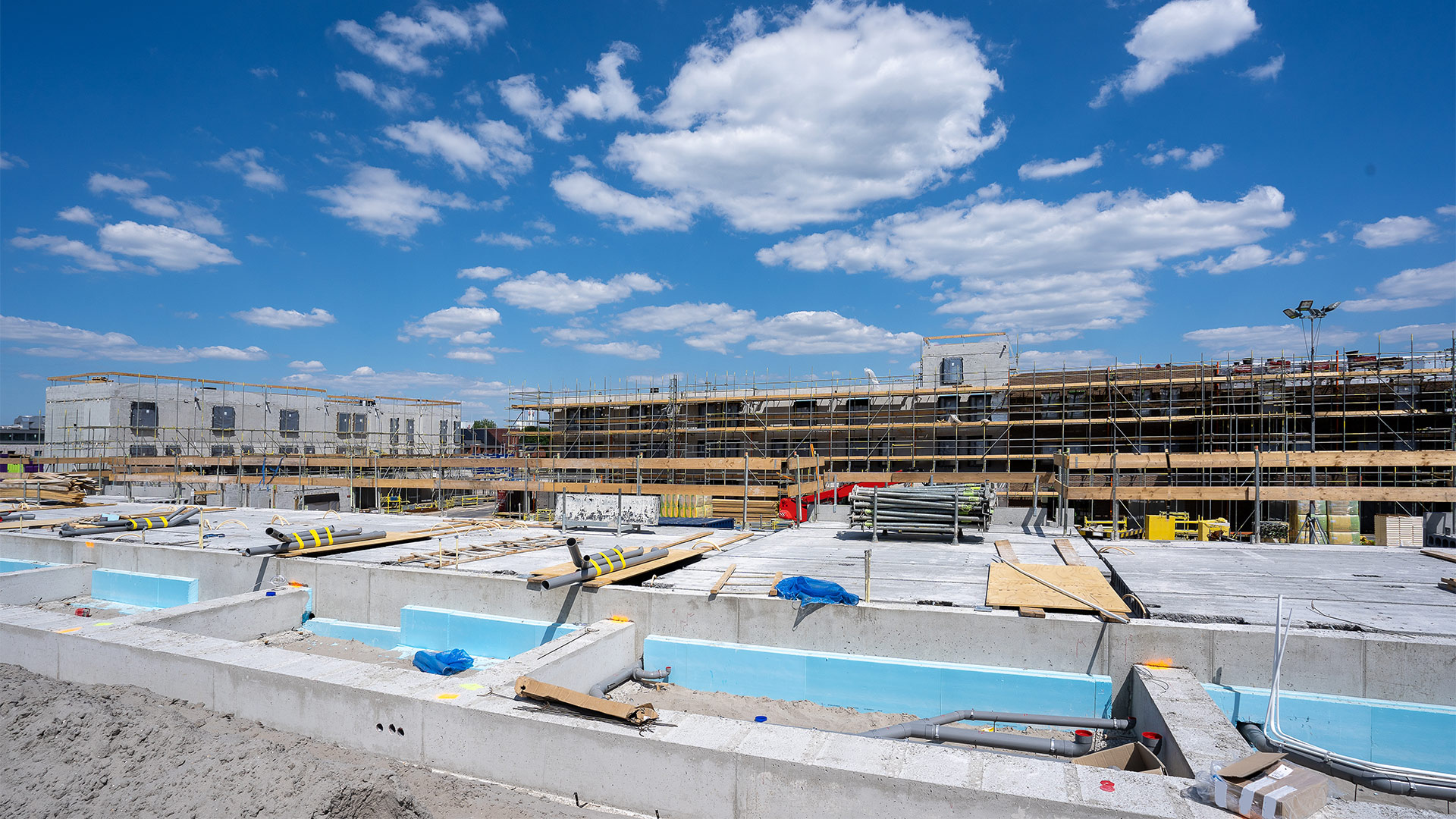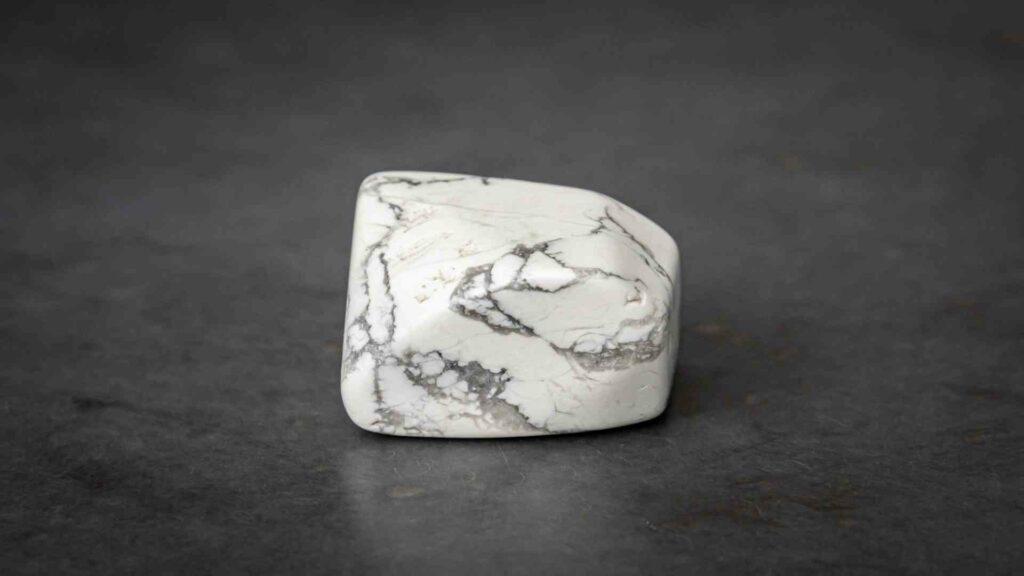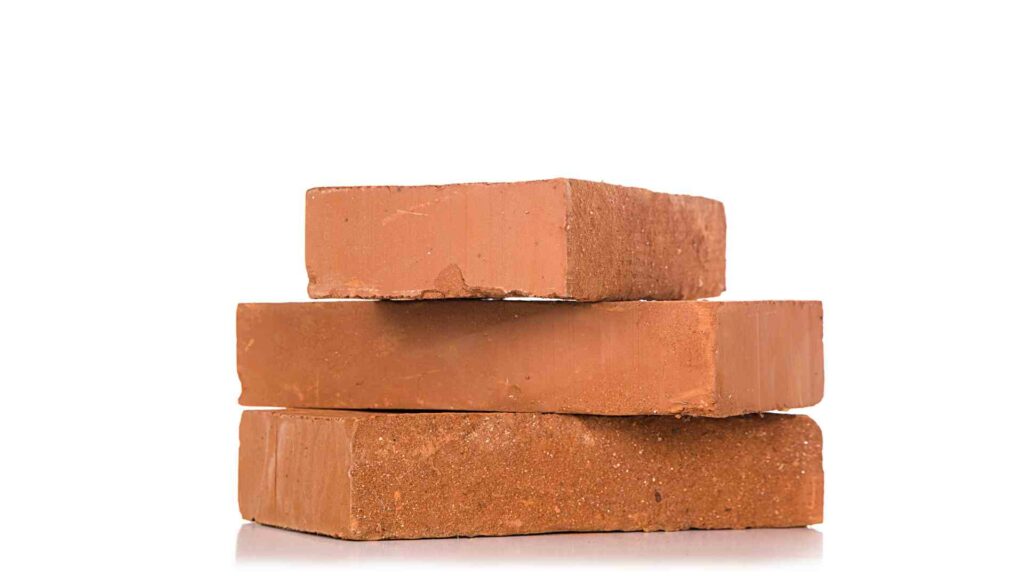Boron – Key Element in Industrial Construction
Boron is a key element in industrial construction – the construction of businesses with manufacturing plants, power plants, and refineries. It is a strengthening additive in concrete, steel, and aluminum alloys for structural support. It also helps prevent corrosion by shielding against corrosive agents like saltwater or chlorine. Boron also plays a vital role in steel production by acting as a fluxing agent during the smelting process.

Boron Industrial Construction
Boron as Strengthening Additive in Steel
Steel construction in industrial construction uses multiple metals to strengthen and harden it against stress and corrosion. Wear-resistant steel plate, also called abrasion-resistant or AR plate, is made from steel billets and comes in many grades. Alloys like carbon, manganese, nickel, chrome, and boron are added in different proportions. Different stages have other mechanical and chemical properties that will produce different results in an end product.
Boron Extends Life of Construction Materials
Boron carbide is one of the hardest synthetic substances known, being exceeded only by cubic boron nitride diamond. As an abrasive, it is used in powdered form in the lapping (fine abrading) of metal and ceramic products to extend life. Boron Carbide coatings can be a cost-saving replacement for most wear coatings currently used in the industry. Boron carbide coatings – B4C – form a low-density material with high strength and elasticity. It is the hardest material next to diamond, making it extremely valuable for wear applications due to the direct correlation with wear resistance. It possesses high resistance to fracture, erosion, and abrasion; and high heat and chemical resistance (i.e., unaffected by acid or alkaline solutions). B4C coatings have excellent self-mating (lubrication) and anti-galling properties.
Boron as a Protective Element in Industrial Construction
Combat® grade ZSBN is the leading Boron Nitride grade in molten metal contact applications in industrial construction. The addition of Zirconia to Boron Nitride enhances the wear resistance and non-wetting of molten metal, even at elevated temperatures – an essential feature for components coming in direct contact with the metal melt at high temperatures.
Boron Nitride’s high chemical resistance against a vast majority of molten metals, combined with exceptional thermal shock resistance, makes it ideal for various molten metal contact applications. In addition, Boron Nitride is easily machinable into complex shapes for quick prototyping, offering an advantage over traditional materials.
B4C is an excellent material for industrial construction in the nuclear industry. It is a perfect neutron absorber for use as a radiation shield. Hence, it is used extensively in building nuclear reactors.
Boron as a Flame Retardant Construction Material
Boron is also used in flame-retardant construction materials. In combination with boric acid, sodium borate (branded as Neobor ®* by one producer) is particularly effective in reducing the flammability of cellulosic materials. Borates change the oxidation reactions in the combustion of cellulosic materials to cause the formation of carbon residue, which is a barrier to combustion and diverts the decomposition products that would otherwise smolder.
*Neobor is stable under ordinary conditions, free-flowing, and easily handled by air or mechanical conveying.
Flame retardant additives are required for safety standards because polymers can easily ignite and burn. One of the many commercial uses of borates includes fire retardancy. Zinc borate, a boron-containing flame retardant, has significant commercial significance. U.S. Borax developed and first commercialized a novel form of zinc borate, with a molecular formula that is known in the trade as firebrake® ZB
Boron in Industrial Glass
Neobor is often present in industrial glass, acting as both flux and network, controlling glass melt and strengthening the final product. With a low coefficient of thermal expansion, the glass becomes resistant to heat, thermal shock, and chemicals. It can also be combined with boric acid to control the sodium-to-boron ratio in specific glasses.
Borates, for example, are an intense flux that lowers the glass batch melting temperature during fiberglass manufacturing. This aids in fiberizing and improves durability. And when those glass fibers are used in electronics or aerospace applications, borates enable control of dielectric properties–one reason textile fiberglass made with boric oxide is used in the manufacture of printed circuit boards, microelectromechanical systems, and thermal insulation tiles like those on the U.S. space shuttle.
Boron in Walls and Flooring
Boron also increases the strength, scratch resistance, and chemical resistance of ceramic wares such as wall and floor tiles, tableware and porcelain, and enameled appliances. By controlling the expansion coefficient, Neobor facilitates the thermal fit between the glaze and ceramic body. It also reduces melting temperatures, inhibits devitrification, and provides smooth, even finishes.





